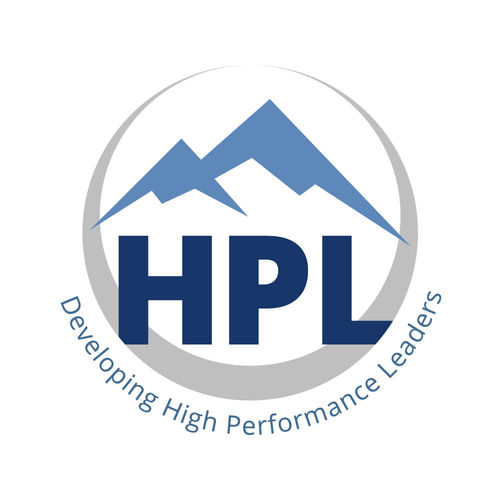
|
|
||
|
Organizations must be able to adapt quickly to stay competitive. This need for adaptability has given rise to the concept of Agile Transformation. But what exactly is Agile Transformation, and why is it so crucial for modern businesses?
What is Agile Transformation?Agile Transformation refers to the process of transitioning an organization to a more flexible, collaborative, and responsive mode of operation. It involves adopting Agile principles and practices across all levels of the organization, not just within software development teams where Agile methodologies such as Scrums originated. The goal is to create a culture that embraces change, fosters innovation, and continuously improves processes.
Why is Agile Transformation Important?Adaptability: The business environment is constantly changing due to technological advancements, market shifts, and evolving customer expectations. Agile Transformation equips organizations with the tools and mindset to pivot quickly and effectively in response to these changes.
Ways to Practice Agile Transformation
Flexibility: Be Open to Change and Ready to Pivot When Necessary Flexibility is at the heart of Agile Transformation. Organizations must be willing to change course based on new information or shifting circumstances. This requires a mindset that values adaptability over rigid planning. Encourage your teams to embrace experimentation and view failure as a learning opportunity rather than a setback.
ConclusionAgile Transformation is not a one-time project but an ongoing journey. It requires a shift in mindset, culture, and processes. By embracing flexibility, empowering teams, implementing iterative processes, and maintaining transparent communication, organizations can navigate the complexities of the modern business landscape and achieve lasting success. Agile Transformation is more than just a methodology; it's a way of thinking and working that can unlock new levels of innovation, efficiency, and resilience. |
||
|
||
|
||
|

|
|
HPL Administrator 7 November 29, 2024 |

|
|
Sabrina Sommerville 1 August 15, 2024 |

|
|
Glenn Sommerville 45 June 6, 2024 |